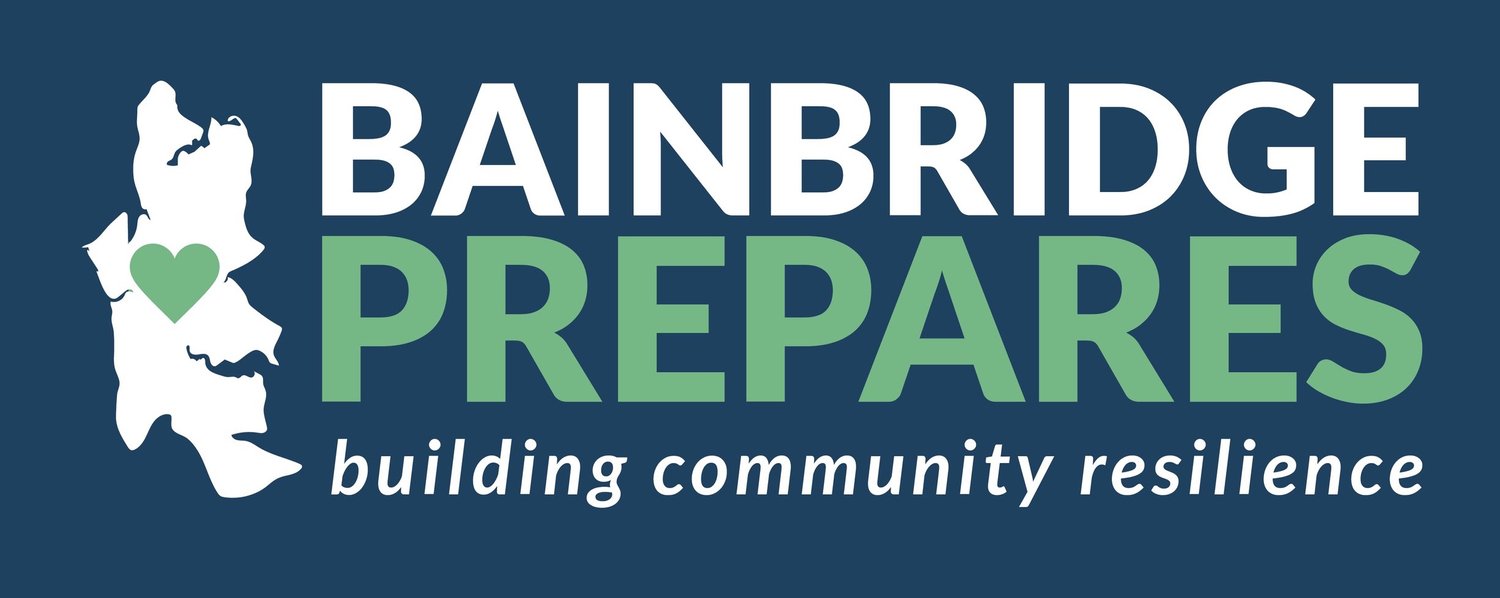Raining? Capture That Water!
 Remember how dry and smoky it was in July, August, September, and early October? We had only one-half inch of rain the entire summer (our average is 2.98)—it was the driest on record. We were hot too: Seattle saw 13 days at or above 90 degrees, another record. October 16 this year was the hottest ever in Seattle, reaching 88 degrees, 16 above the previous record.So, even though it's raining now and you're already starting to miss the sun, think forward to next summer when we might break more heat and dryness records. Too bad you can't distribute the rain more evenly throughout the year, right? But, in a way, you can by collecting the rain falling now to use next summer for watering your plants, trees, and flowers. Collecting rainwater also helps reduce stormwater runoff, which can reduce the spread of pollutants and the flooding of sewer and stormwater systems.The blog GardeningEtc. points out two more benefits to collecting rainwater: "Thanks to its unique pH, rainwater is much less acidic than water from the faucet, and has higher levels of nitrogen and oxygen which helps to boost growth. The tepid temperature of rainwater is also less of a shock for plant roots than hose water."So get started now and turn today's rainfall into tomorrow's watering. The easiest way to collect rainwater is with a rain barrel, which you can buy at Bay Hay and Feed, Home Depot, online, and plenty of other places. A rain barrel will cost you anywhere from about $80 to $150.When using a rain barrel, follow these guidelines:
Remember how dry and smoky it was in July, August, September, and early October? We had only one-half inch of rain the entire summer (our average is 2.98)—it was the driest on record. We were hot too: Seattle saw 13 days at or above 90 degrees, another record. October 16 this year was the hottest ever in Seattle, reaching 88 degrees, 16 above the previous record.So, even though it's raining now and you're already starting to miss the sun, think forward to next summer when we might break more heat and dryness records. Too bad you can't distribute the rain more evenly throughout the year, right? But, in a way, you can by collecting the rain falling now to use next summer for watering your plants, trees, and flowers. Collecting rainwater also helps reduce stormwater runoff, which can reduce the spread of pollutants and the flooding of sewer and stormwater systems.The blog GardeningEtc. points out two more benefits to collecting rainwater: "Thanks to its unique pH, rainwater is much less acidic than water from the faucet, and has higher levels of nitrogen and oxygen which helps to boost growth. The tepid temperature of rainwater is also less of a shock for plant roots than hose water."So get started now and turn today's rainfall into tomorrow's watering. The easiest way to collect rainwater is with a rain barrel, which you can buy at Bay Hay and Feed, Home Depot, online, and plenty of other places. A rain barrel will cost you anywhere from about $80 to $150.When using a rain barrel, follow these guidelines:
- Don't let it fill more than 3/4 before winter because the water will expand when it freezes.
- Make sure your barrel has a top that you can close when the barrel is full enough.
- Make sure your barrel has a net top under the solid top so that you can filter out tree debris before collecting the water. The netting will also prevent mosquitoes from using the barrel as a breeding ground. You can make the net top yourself—buy mesh from your local hardware store and affix it to the barrel's neck with elastic or a bungee cord.
- Set your barrel on a stable, flat surface. When full, it will weigh several hundred pounds, and you don't want that tipping over.
- Set your barrel on a raised surface—at least a foot off the ground—if you want to fill a watering can or bucket or use a hose from a spigot at the bottom. To add a spigot, drill a hole a few inches up from the bottom of the barrel. Wrap plumber's tape around the threads. Add a washer to the inside and the outside.
- Feed your barrel directly from your downspout. Use a diverter from the downspout into the barrel, or simply run the downspout directly into the barrel. If you do that, cut an overflow valve hole into the side of the barrel near the top. Attach a hose to the hole. You can run the hose into another barrel when the first one fills up.
If you want to get even more serious and you have the extra cash, install a water cistern underground to collect and store water.Once you've got your system set up, there's just one more thing to do: Remember to use the water on your garden during the warmer months. You can also use your water in emergencies to flush toilets or, if you treat it first, for drinking.
